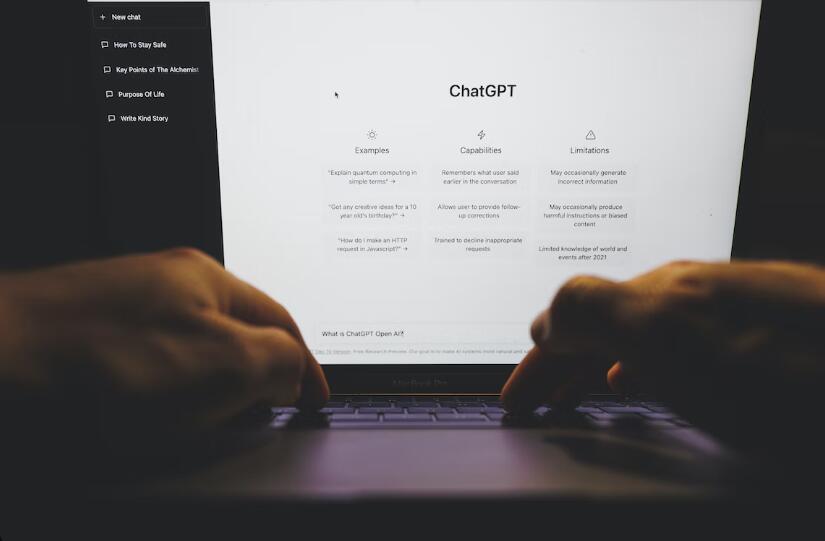
Plagiarism detection has become more sophisticated and efficient, thanks to machine learning. ZeroGPT Plus, a leading plagiarism detection tool, harnesses the power of machine learning techniques to provide intelligent and accurate plagiarism detection capabilities. In this blog post, we will explore the pivotal role of machine learning in ZeroGPT Plus, explaining how it contributes to the tool’s functionality. We will delve into the training process, data requirements, and advantages of leveraging machine learning in continuously improving the performance of ZeroGPT Plus.
Understanding Machine Learning
Machine Learning Framework
Machine learning forms the backbone of ZeroGPT Plus’s intelligent plagiarism detection. Through an intricate framework of algorithms, ZeroGPT Plus can analyze and understand patterns, similarities, and discrepancies in textual content. This enables the tool to effectively identify instances of plagiarism, even when the content is heavily paraphrased or modified.
Training the Model
Training an effective plagiarism detection model requires a diverse and comprehensive dataset. ZeroGPT Plus leverages large-scale datasets encompassing various text sources, including academic journals, published articles, and online content. This vast dataset helps the model learn the nuances of different writing styles, linguistic structures, and common phrases, enabling it to accurately differentiate between original and plagiarized content.
Continuous Learning and Improvement
One of the key advantages of machine learning in ZeroGPT Plus is its ability to learn and improve its performance continuously. As the tool analyzes more data and encounters new instances of plagiarism, it adapts and refines its detection algorithms. This iterative process ensures that ZeroGPT Plus stays up-to-date with evolving plagiarism techniques, enhancing its accuracy and effectiveness in identifying instances of plagiarism.

Advantages of Machine Learning
Enhanced Accuracy and Efficiency
Machine learning enables ZeroGPT Plus to achieve higher accuracy and efficiency in plagiarism detection. By leveraging complex algorithms and statistical models, the tool can analyze large volumes of data and identify subtle similarities and patterns that would be challenging to detect manually. This saves content creators, educators, and publishers time and resources, allowing them to focus on other critical tasks.
Adaptability to New Plagiarism Techniques
As plagiarism techniques evolve, ZeroGPT Plus’s machine-learning capabilities allow it to adapt and stay ahead of the curve. Machine learning algorithms can detect emerging patterns and identify new forms of plagiarism, including AI-generated content or advanced paraphrasing techniques. This adaptability ensures that ZeroGPT Plus remains effective in combating the latest plagiarism methods, safeguarding originality and integrity in the content landscape.
Scalability and Performance
Machine learning empowers ZeroGPT Plus with scalability and performance capabilities. The tool can handle large volumes of text data and process it efficiently, delivering fast and accurate results. Whether it’s analyzing individual documents or scanning extensive databases, machine learning ensures that ZeroGPT Plus can meet the demands of content creators, educational institutions, and publishers with ease.
Machine learning is at the heart of ZeroGPT Plus’s intelligent plagiarism detection capabilities. By harnessing the power of complex algorithms, extensive training data, and continuous learning, ZeroGPT Plus provides an effective solution for identifying instances of plagiarism in textual content. The advantages of machine learning, including enhanced accuracy, adaptability, scalability, and performance, make ZeroGPT Plus an indispensable tool for content creators, educators, and publishers. As the digital landscape continues to evolve, machine learning will play a pivotal role in further advancing the capabilities of plagiarism detection tools like ZeroGPT Plus. With ongoing research and development, machine learning algorithms will continue to improve, enabling more accurate and efficient detection of AI-generated plagiarism, paraphrased content, and other forms of intellectual property violations.
Conclusion
Integrating machine learning techniques in ZeroGPT Plus has revolutionized the field of plagiarism detection. By leveraging complex algorithms, extensive training data, and continuous learning, ZeroGPT Plus offers enhanced accuracy, adaptability, scalability, and performance in uncovering instances of plagiarism. This powerful tool empowers content creators, educators, and publishers to protect intellectual property, maintain integrity, and foster originality in the digital content landscape. As machine learning advances, we can expect even more sophisticated and intelligent plagiarism detection systems to emerge, driving the future of content integrity and ensuring a level playing field for all creators.



